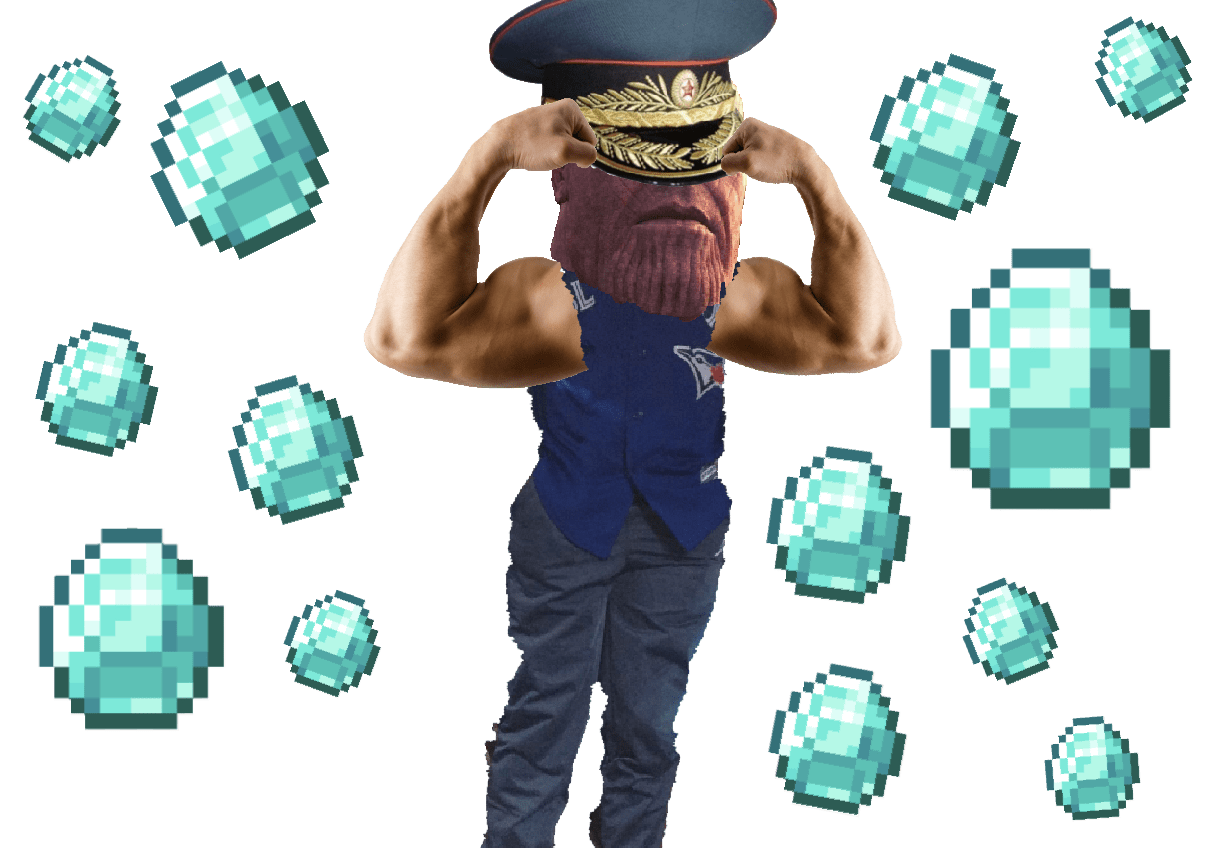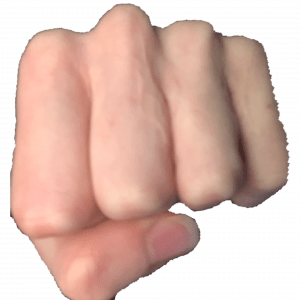Well, it’s the last post of this astoundingly work-filled PLP quarter, and I couldn’t be more relieved. I can’t wait for this weekend, and I intend to enjoy as much as possible. Our hands will rest, our minds will calm, our bodies will relax. I’ve never had this much work in school before, and I hope I never will again.
Anyways, we need to actually get this post started, so let’s get on with it. The project that this post is about is called “the case for a nation.” In this project, we made 1 video per week, and might I add, in my case, sometimes stayed up until 1:40 am doing it, or for some others, 4:00 am. The project was based on nationalism, and without further ado, our driving question is: “how can an understanding of nationalism in the past help us understand today?”
This project consisted of, every week, learning about different examples of nationalism, creating a story mountain (method of organizing story), a screenplay (script of a sort), and storyboard (visual idea of a story), then filming a video based on all of these things. First was an animatics video based on our chosen case study of nationalism (Crimean war for me). Then, we did a tutorial video of how to create Canadian confederation. We then proceeded to film an explainer video to educate the viewer on oppression in Canada, and topped it all off with a cumulative video taking pieces from any point in the 4 weeks we worked on this project, and made a video of a parent reacting to it.
Finally, we will talk about the dreadful curricular competencies, of which there are many. We’ll start with empowered learner (the use of technology to create a project). My performance on this competency was mediocre; I could have done better by putting in more effort, but I did some pretty creative things. We’ve also got designing texts (pretty self-explanatory) I was acceptable, albeit minimally, in this regard. My reason for saying this is that I did what needed to be done, but really nothing more. We must also talk about identifying continuity and change (finding out what has changed and stayed the same). There was plenty of room for improvement here, specifically in the sense of making it a goal, and not just essentially ignoring it. Finally, we have using evidence/resources. (Finding facts from reliable sources). Now, I’ve always trusted in the information stored in my brain, and thus I avoid other sources, and by extension, more work, as much as possible, resulting in a somewhat lacklustre execution of this area of learning.
Well, that’s the end of that post, and the end of this quarter’s PLP classes, which means no more posts for a few months. See you then, and, well, you know how this post ends.
5
4
3
2
1




